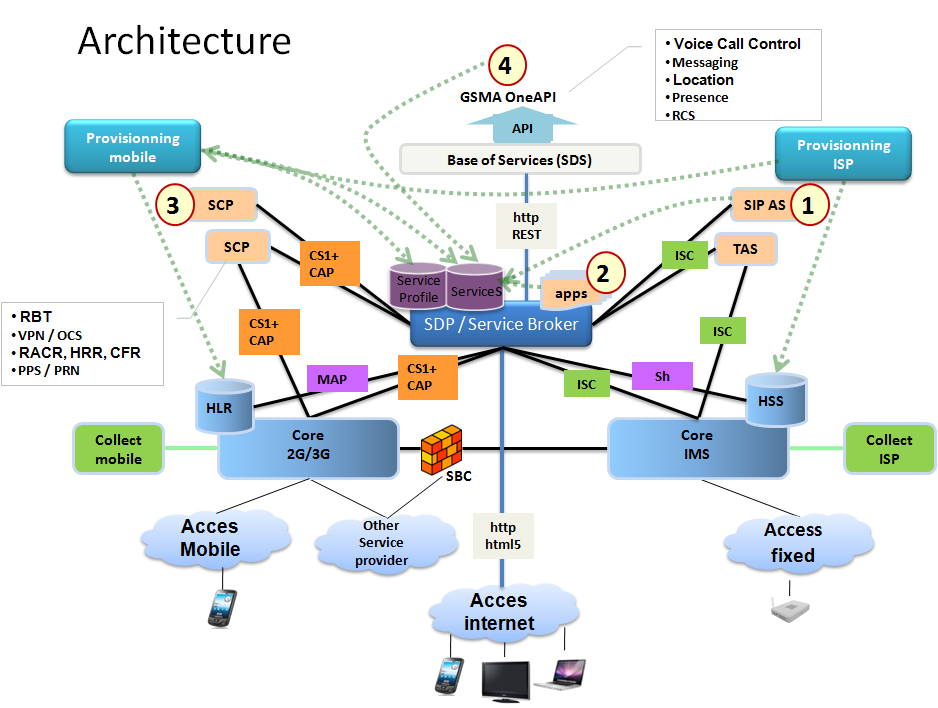Telecommunication systems refer to communication done using electromagnetic waves or electrical signals. Radio broadcasting system and telephone network are the examples of telecommunication systems. In our day to day life, we come across different type of communications some are face to face while others use technology such as phone calls, email, viewing pages over the internet, text messaging etc.
What are the Components of Telecommunication System?
Basically, it consists of a transmitter (to receive information and then convert it into signals) and a transmission medium (to carry signals and then translate it back into information using a receiver). This fundamental form applies to all the communication systems.
Basic Components of the Telecommunication Network
- Telecommunication Channels – Transmits and receives data. It includes different types of cables as well as wireless radio frequencies.
- Input/output devices – This is also known as ‘terminals’. It offers the starting/stopping points to the communication
- Messages – This represents the data to be transmitted
- Telecommunication Processors – It includes an array of support and control functions
- Control Software – This helps in controlling the activities and performance of the network.
- Protocols – It specifies how the telecommunication systems deal with the messages.
Today, telecommunication system has become a crucial tool for businesses. It helps the organizations to communicate effectively with their customers. Also, telecommunication is the key component in the teamwork, which allows employees to collaborate from different locations. So, it is relatively an important decision for a business to move to an effective communication system like VoIP. VoIP telephone systems offer telephone calls, wherein a part of the call is transferred over the IP network
So to use VoIP, the company must have ‘Internal Ethernet Network’. If computers are used in the business, then you already have one. Even if you don’t have any, it is easy and cheap to set up these days.
The core components of VoIP are –
- Phones – The desk units, which you use to talk to people. In the business setting it is required to understand the advanced features too like menu systems, conferencing, transferring calls, voicemail, etc. Many of the phones also offer an array of buttons to control various options, display to show dialed numbers, a speakerphone, caller ID, volume controls, and mute capability.
- Connection – This is most important and complex thing when it comes to the phone system. It consists of intricate servers, gateways, switches and routers connected to the PSTN and the internet. For a business environment, the connectivity comes together in the form of PBX system, which manages the switching, routing, as well as connection to the public networks.
- Service Provider – The service provider will make the entire system work efficiently by connecting the phones to telephone networks worldwide. The service provider could be the same company, which runs the PBX system or a third party. The service provided is critical to the new phone system.
By moving from the existing phone system to a new one, you can re-engineer your organization’s call flows. If you are looking for intelligent communication solutions then Avaya phone system is the best choice. It meets the needs of small as well medium enterprises. The leading-edge communication capability of this system helps to serve your customers better.

